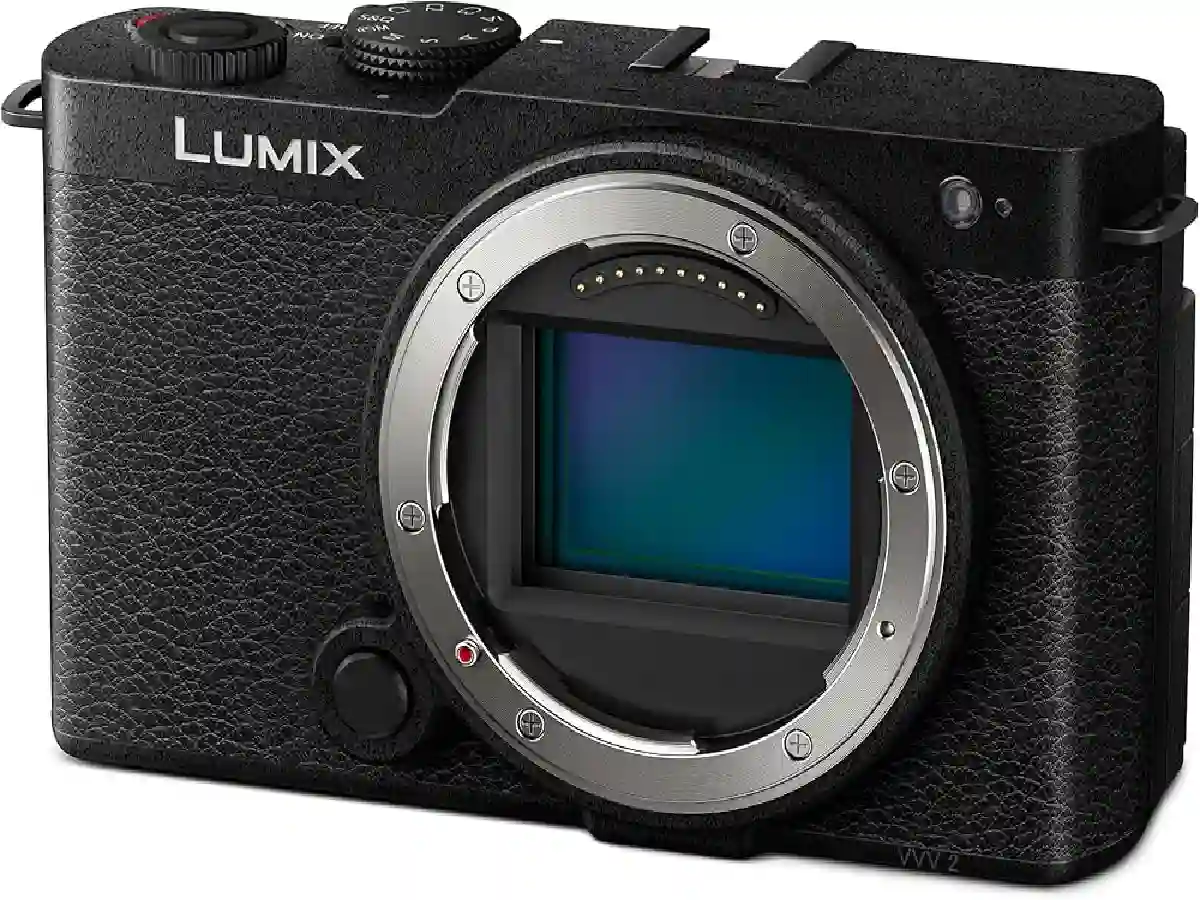Panasonic’s LUMIX line has historically aimed at hybrid shooters that respect both photography and filming. With the LUMIX S9, the business promises a tool that blends high-resolution stills with cinematic video functions. The S9, priced at ₹1,25,000 in India, offers advanced features for professionals and enthusiasts. But does it keep these promises? Let’s look at what the LUMIX S9 brings to the table and how it compares to its competitors.
Build and design.
The LUMIX S9 continues Panasonic’s reputation of strong construction. The magnesium alloy body ensures durability, and weather sealing protects against dust and moisture. This makes it a dependable choice for outdoor photography and a variety of shooting conditions. While the camera feels strong and well-built, it is not the lightest in its class, so prolonged handheld use may be exhausting for some.
The design is utilitarian, with a deep grip that allows for a comfortable hold for extended shooting. The control arrangement combines conventional dials and configurable buttons, catering to photographers who prefer tactile control over camera settings. The 3.2-inch vari-angle touchscreen is quick and bright, allowing for easy menu navigation and picture composition. With a 5.76 million-dot electronic viewfinder (EVF), the S9 provides a crisp and clear image necessary for proper framing.
Image quality: detailed and dynamic.
The LUMIX S9 features a 24.2MP full-frame sensor that produces detailed photos with good dynamic range. This provides for a wide range of post-processing options, making it ideal for professional photo editing and alterations. Colors are well-rendered, with a natural tone that most users will appreciate; nevertheless, some photographers may choose to fine-tune their output using custom settings.
In low-light situations, the S9 performs reasonably well. Noise is efficiently handled up to moderate ISO levels, preserving detail without excessive grain. However, for people who frequently photograph in difficult lighting conditions, alternatives with slightly superior high-ISO performance may be worth investigating.

